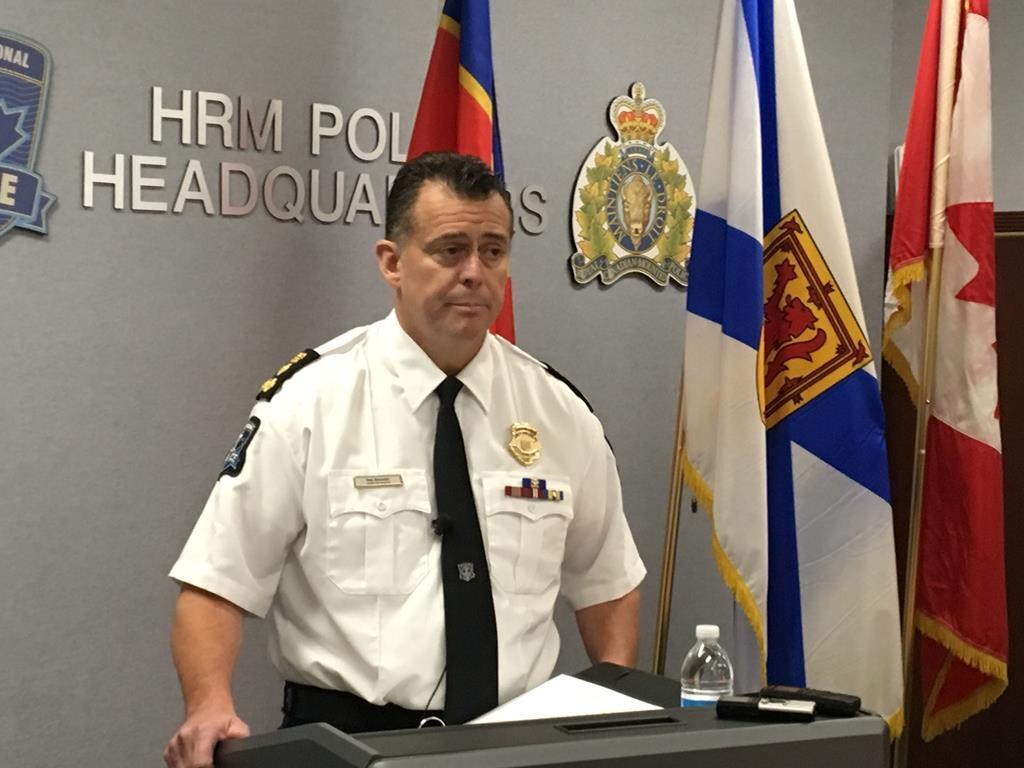There are professions that we as a society agree have a high degree of risk — airplane pilots, firefighters and police officers, to name a few.

We expect, similarly, that those professionals exercise a high degree of attention to detail, accountability and integrity while on the job. We would not accept an airplane pilot or an entire airline occasionally crashing planes and killing people. Society would not accept firefighters deliberately letting people’s houses burn to the ground.
But there seems to be a collective complacency when it comes to policing and its misconduct and mistreatment towards Black and Indigenous peoples.
My career is embedded in social justice issues and advocating for better circumstances for communities. I am the IDEA (Inclusion, Diversity, Equity, Access) Advisor for the BIPOC Tribe Network, a co-founder of GameChangers902 and ACCE (Arts, Community, Culture, Economics), and a Nationally Certified Masters Level Counsellor.
There have been many concerning instances involving police interactions and the Black community in Halifax, such as Demario Chambers, and Santia Rao.
On March 26, a Halifax Regional Police officer pulled his gun on a Black male very shortly after arriving at the scene of a call.

As shown in the video recorded by an on-looker that I originally posted on Twitter, this young man had his hands in the air and at moments, his back to the officer.

Get breaking National news
The officer made a direct threat to the man’s life, using what many hear him saying as, ‘I’ll fill you with f— lead.”
In this instance, many members of the public and the Halifax Regional Police union overtly defended the actions of the officer.
“I think he did a very good job,” Const. Dean Steinberg, the Halifax Regional Police Association president, told CTV on March 30.
Halifax Regional Police released a statement about the video on March 28. “The comments that appear to have been made by our officer in the video were unacceptable,” police said. “An internal investigation has been initiated into the incident. The officer involved has been placed on administrative duties, pending the conclusion of the investigation.”
The union followed up with a statement, saying the police officer involved was not given a fair process to address the allegation.
“The HRPA is extremely disappointed that, without investigation, Chief of Police Dan Kinsella quickly joined the social media fray and announced that the comments incorrectly attributed to the officer are ‘unacceptable.’
“Rather than conduct an investigation following the requirements of the Police Act, the Chief has already announced his disciplinary conclusion via tweet,” the release read.
“Our members have come to understand that they cannot rely on support from their leadership.”
While Halifax began to reconcile this incident, on March 29, across the border in the United States, the trial for Derek Chauvin, the Minneapolis Police Officer who kneeled on George Floyd’s neck.
During this trial, on April 11 in Minnesota, 20-year-old Daunte Wright, an unarmed Black male, was shot and killed by Minneapolis police officer, Kimberly Potter.
Minneapolis police Chief claims Potter mistook her gun for a Taser and shot Wright accidentally. Interrupting the Chauvin trial, and the Potter case, a 13-year-old racialized teen named Adam Toledo was shot by a Chicago police officer. A video of the incident showed his hands visibly in the air. Adam was shot on March 29, the video was released on April 15.
Following the guilty verdict of former Minneapolis police officer Chauvin on April 20, 16-year-old Ma’khia Bryant was shot and killed by police in Columbus, Ohio.
It is clear that we have a global issue when it comes to law enforcement interactions with the Black community. There has been a horrifyingly fatal and abusive trend that must change.
I have heard countless times from officers, government officials and the public, “there are a few bad apples.” Where are the good apples? Why haven’t they spoken up to condemn the behaviours of the “few.”
If there are a few bad apples, and the same planter has been using the same seeds, the same soil, and picking the same apples from the same tree, I think it is time we fire the planter, cut down the tree and start over.
We must ask ourselves, is this the best we can do? We shouldn’t be accepting of individuals who appear to have the privilege to threaten and take lives, deceive the public, and consistently mistreat racialized peoples with minimal accountability.
DeRico Symonds is an advocate for racialized and marginalized communities in Halifax. He is the IDEA Advisor for the BIPOC Tribe Network and Innovation Hub and the inaugural Director of Opportunity and Belonging at NSCAD.







Comments